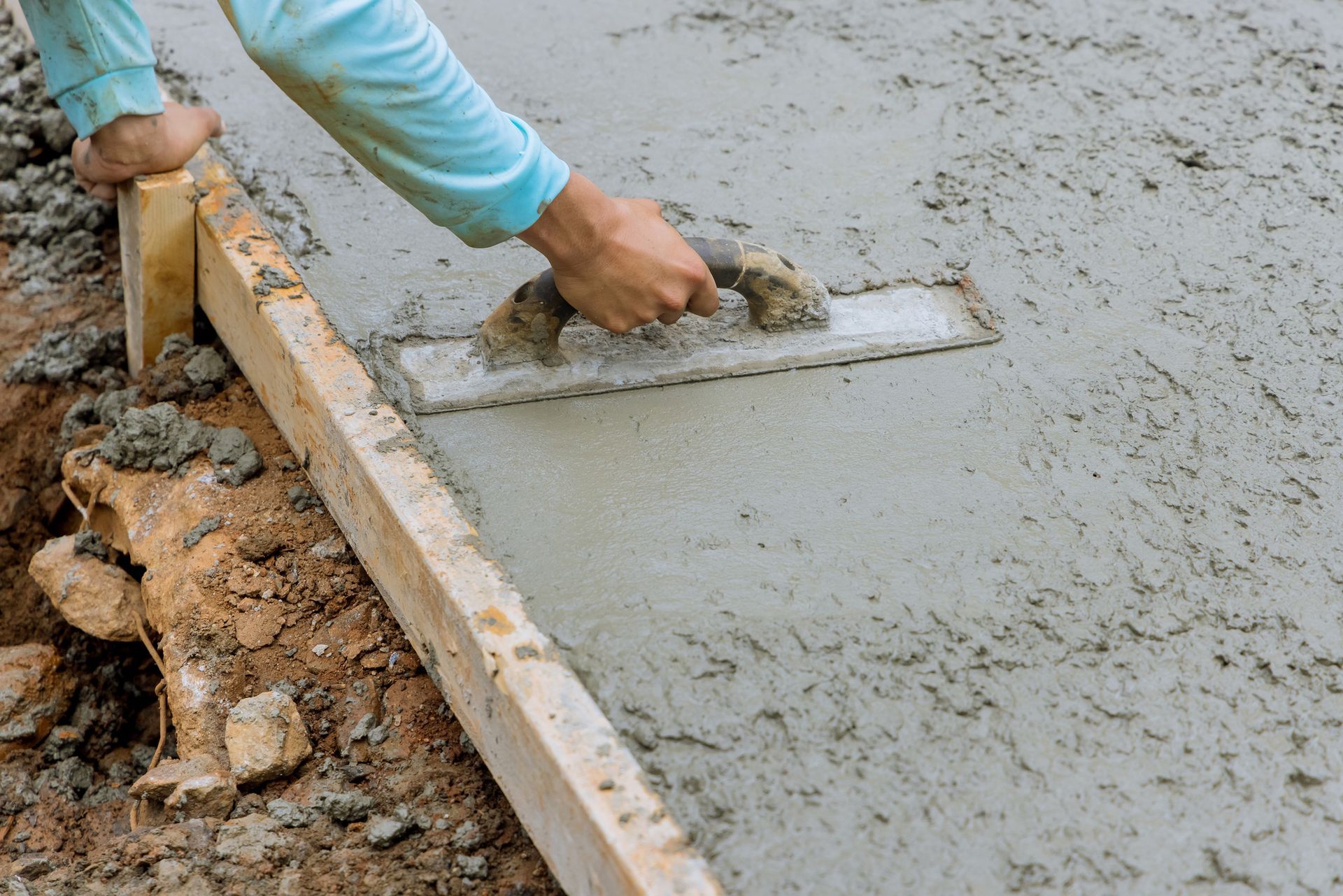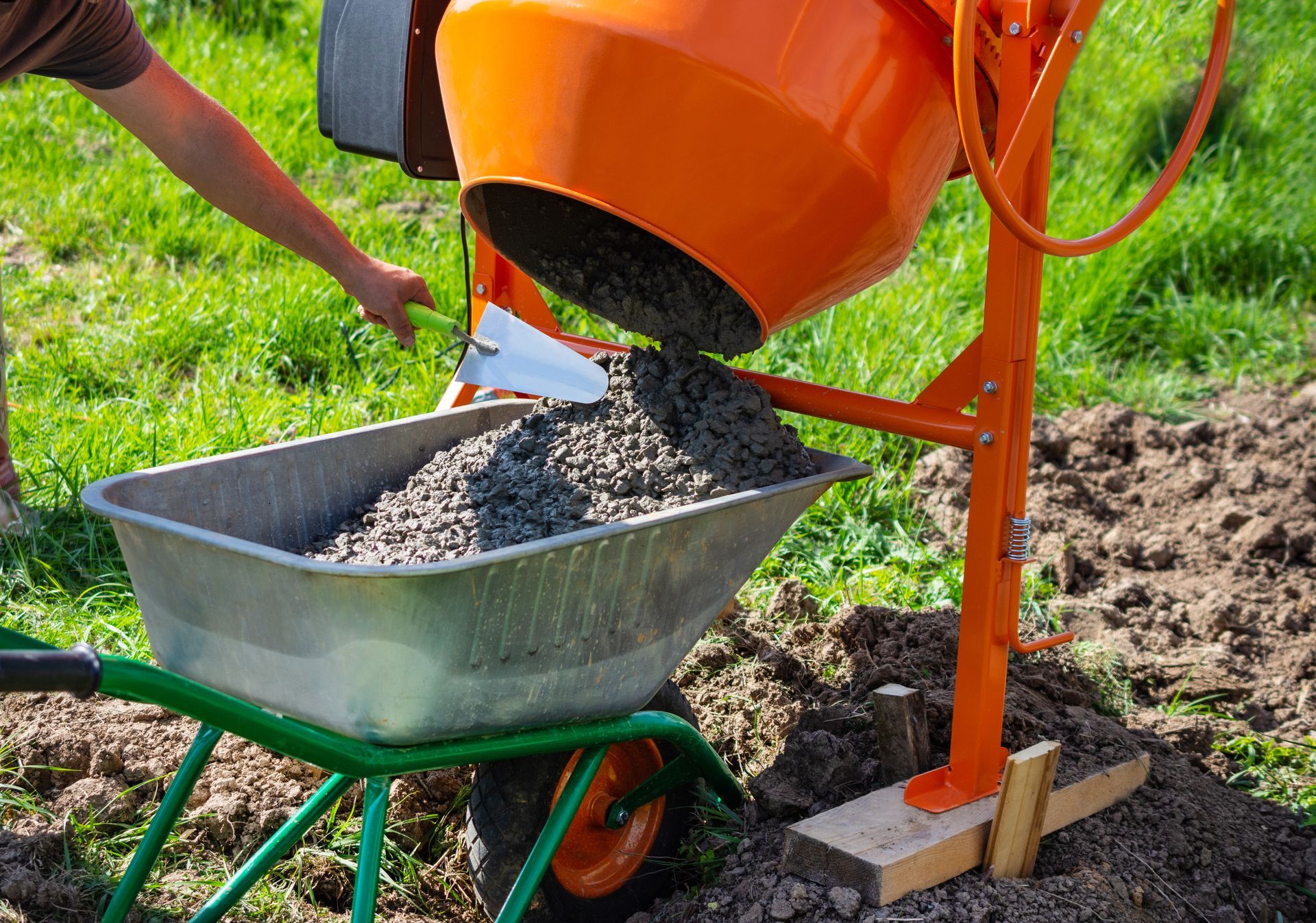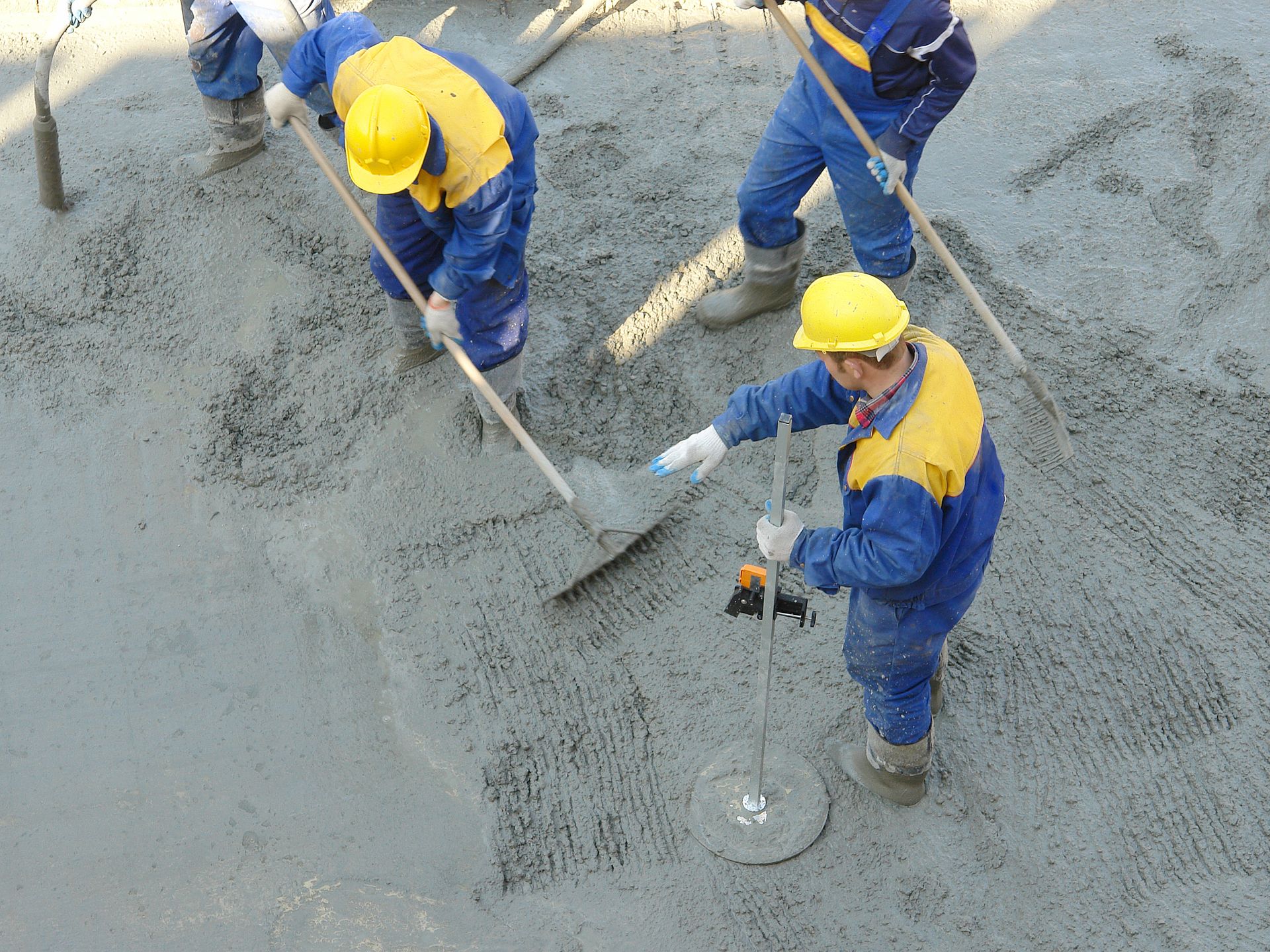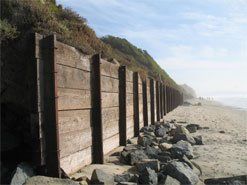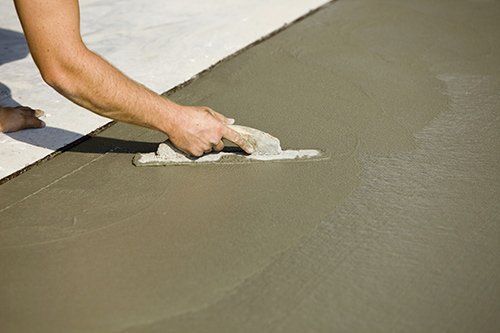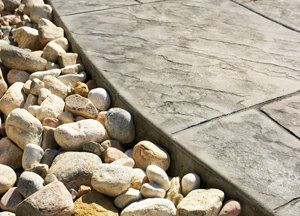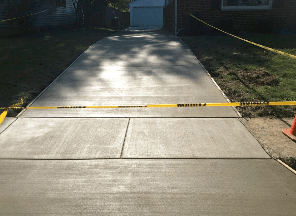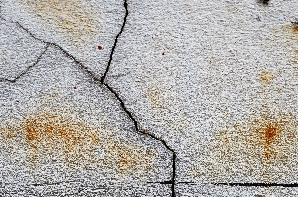2 QUALITIES OF GOOD CONCRETE AGGREGATE
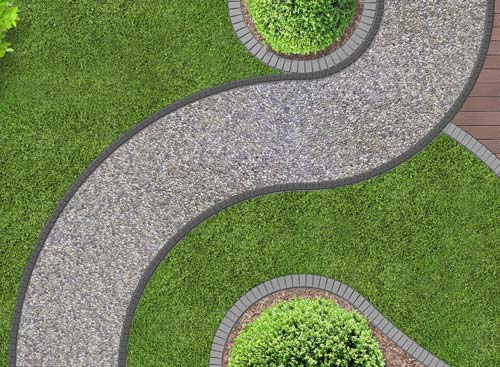
Ready-mix concrete has a nearly limitless range of applications from residential foundations to commercial parking lots. Concrete boasts a level of strength and durability that few other building materials can match. Yet not all ready-mix concrete exhibits the same positive qualities. A poor quality mix may lead to weaker, problem-prone concrete.
For that reason, you must be sure to buy your ready-mix concrete from an experienced professional — one who understands the numerous factors involved. Aggregate is one of the most critical aspects of ready-mix concrete. If you would like to learn more about how aggregate can affect the performance of concrete, read on. This article will outline two key qualities of good aggregate.
1. LOW CHERT
Low-quality aggregate sources, on the other hand, often contain dangerously high proportions of the substance known as chert. Chert is a sedimentary type of rock known for its highly porous nature. This high porosity can lead to serious problems for ready-mix concrete made from aggregates containing chert.
Chert displays a greater tendency to absorb water. During freeze and thaw cycles, this often causes the pieces of chert to pop out of the concrete. Pop-outs have a negative impact on the concrete in terms of both aesthetics and structural integrity. By allowing water to pool up in void spaces, pop-outs hasten the rate at which cracks and other problems accumulate.
Chert can also lead to increased crack formation through its chemical effect on the cement in a concrete surface. The presence of chert causes the cement to undergo the alkali-silica reaction. This reaction leads to the formation of expansion cracks, which can quickly undermine the structural integrity of a concrete surface.
An experienced concrete contractor understands the importance of using aggregate that contains little to no chert. Aggregate sources must be regularly tested for compliance with industry-wide quality standards.
2. SHAPE
Aggregate produces the best results if crushed into a cubical shape. By reducing surface area, cubical aggregate allows ready-mix manufacturers to minimize the amounts of water and cement while still ensuring strong concrete. Asymmetrical, elongated, and flaky aggregate have a greater surface area, meaning more water and cement will need to be added to produce a concrete with the requisite strength.
Two main types of aggregate crushing machines exist: jaw crushers and conical crushers. Despite their somewhat misleading name, conical crushers excel at producing cubical aggregate particles. Jaw crushers, on the other hand, tend to generate more angular and flattened pieces.
Several stages of crushing are required to produce ideally shaped aggregate. Often, manufacturers will use different machines at different stages in the crushing process. An initial pass through a jaw crusher reduces the size of the particles. Subsequent passes through a conical crusher will give the particles the desired shape.
An experienced concrete contractor knows exactly what sort of aggregate to put in their ready-mix concrete. For more information on what it means to optimize concrete strength through aggregate selection or to purchase concrete aggregate from a supplier who takes quality into consideration, please don't hesitate to contact the prosat Southport Concrete Corp.
